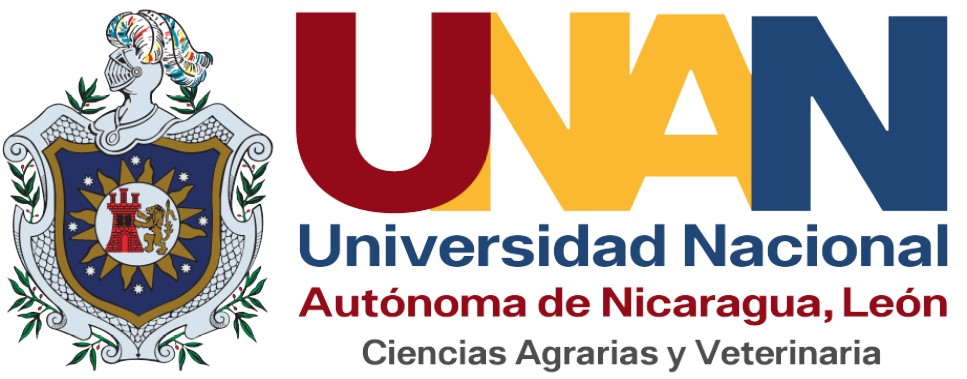
Category
Thematic areas by category
Bioeconomy
Economic research that involves residual biomass in production processes and that in an innovative way generates added value, framed in the biobased economy, circular economy. Topics such as bioethics, environmental education, the use of microorganisms such as rotifers, microalgae, beneficial insects, NPV, organic fertilizers. Bioeconomy measurements are prioritized and important topics that are well accepted, in order to build the bioeconomy measurement instruments, the measurement of efficiency and productivity, DEA approaches, among others. Examples are the Aquaculture Bioeconomy, Swine Bioeconomy, Coffee Bioeconomy, Cocoa Bioeconomy, among others.
Climate Change
This section includes all the investigations of the impacts of the effects of space weather and terrestrial climate, solar activities affect productive activities and have a correlation, investigations that measure it are well accepted, climate variability in the productive paths of the bioeconomy is a cross-cutting theme. Risk and disaster issues before events and adaptation or mitigation measures. 
Eco Intensification
In this productive path of the bioeconomy, investigations related to agronomic practices based on microbial biomass are identified aimed at improving the environmental performance of agricultural activities without sacrificing existing levels of production productivity. Balance agricultural, environmental, economic, and social benefits, seeking a more efficient use of energy resources and aiming to reduce the use of fossil fuels, pesticides, and other pollutants. Example: Good agricultural practices, agricultural strategies, Integrated Pest and Nutrient Management, Sustainable land management, clean technology for processing, Bio-inputs, biostimulants, bioregulators, microorganisms (viruses, bacteria, fungi), etc. 
Biotechnological applications
Research-oriented towards Phytopathology and biotechnological products, tools, and processes, including industrial tissue culture, marker-assisted selection in crops and inbreeding, genetically modified (GM) seeds/plants, molecular-based diagnostics, breeding of animal reproduction through molecular techniques, modified enzymes, microorganisms, and yeasts, etc. An example of this is plants genetic engineering, biotechnology applications in human and animal health, environmental biotechnology.

Biorefinery Bioproducts
Investigations related to the use of biomass to produce bioenergy and processes destined to the substitution of industrial inputs of fossil fuels. Examples are biofuels (ethanol, biodiesel, biogas, colifins), as well as Biomaterials (polymers, resins, textiles, soaps, foodstuffs, etc). The biomass can be an arboreal, larger or smaller animal, including marine such as biofuels from microalgae biomass.

Energy efficiency and irrigation
The research focused on Efficiency in the distribution of irrigation water. Efficiency in water distribution is the relationship between the energy demanded by the irrigation system (Hd) and that supplied by the pumping system (HB). Energy efficiency is the efficient use of energy. Energy efficiency seeks to protect the environment by reducing energy intensity and accustoming the user to consume what is necessary and no more. The CO2 emissions that we send into the atmosphere are increasing and, for that reason, energy efficiency has become a way of taking care of the planet since it is not only in using appliances that consume less, but in that, we are ourselves those of us who consume less and in a more “green” way.










 EDITORIAL
EDITORIAL e-ISSN
e-ISSN


 COPYRIGHT
COPYRIGHT This work is licensed under a Licencia Internacional
This work is licensed under a Licencia Internacional 












